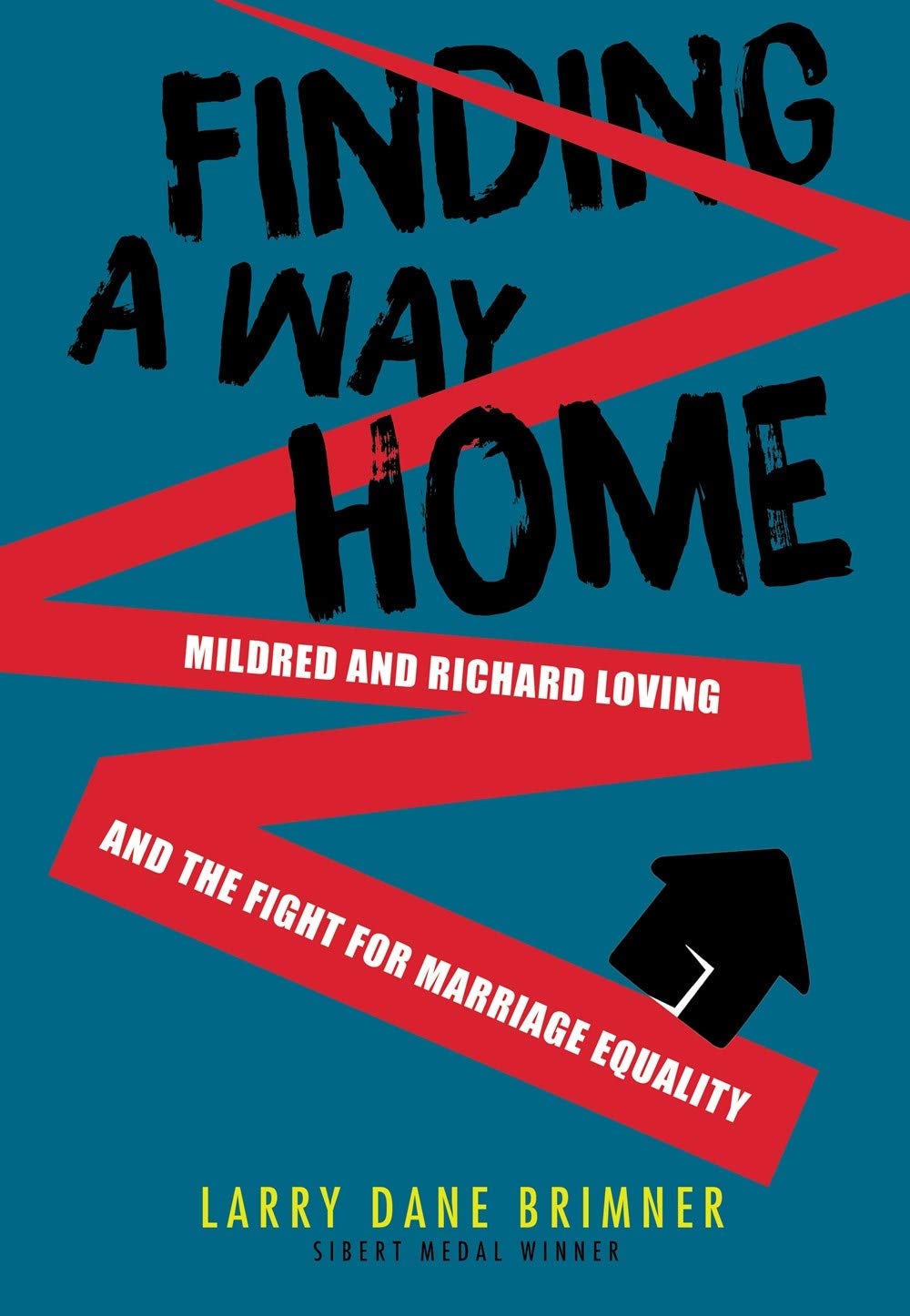2018 School Spending Survey Report
Finding a Way Home: Mildred and Richard Loving and the Fight for Marriage Equality
Calkins Creek.
Nov. 2020.
112p.
Tr $18.99. ISBN 9781629797519.
COPY ISBN
VERDICT Brimner provides an accessible, succinct introduction to the legal arguments and issues of Loving v. Virginia. Recommended for all middle and high school collections.
RELATED
ALREADY A SUBSCRIBER? LOG IN
We are currently offering this content for free. Sign up now to activate your personal profile, where you can save articles for future viewing





Be the first reader to comment.
Comment Policy:
Comment should not be empty !!!